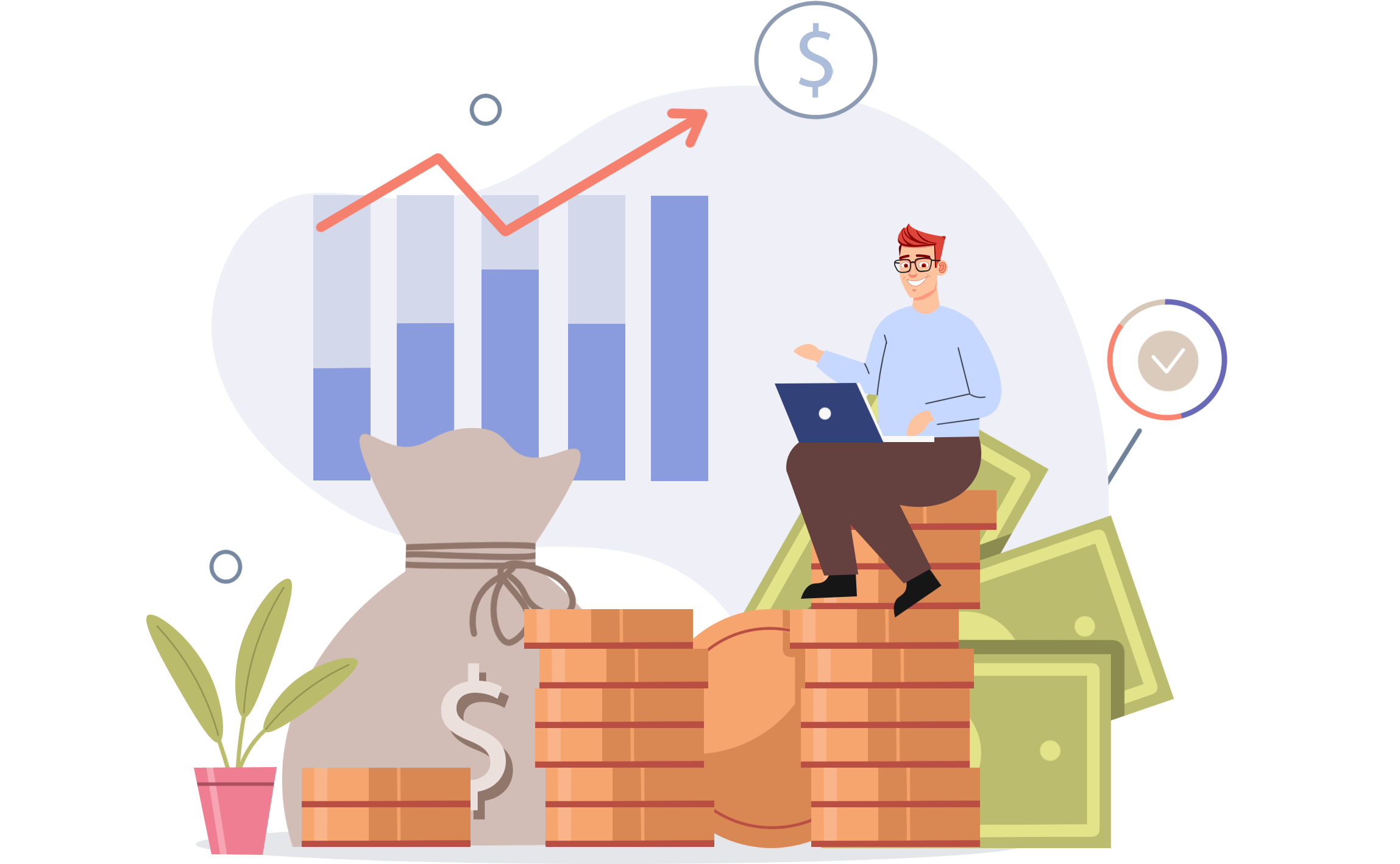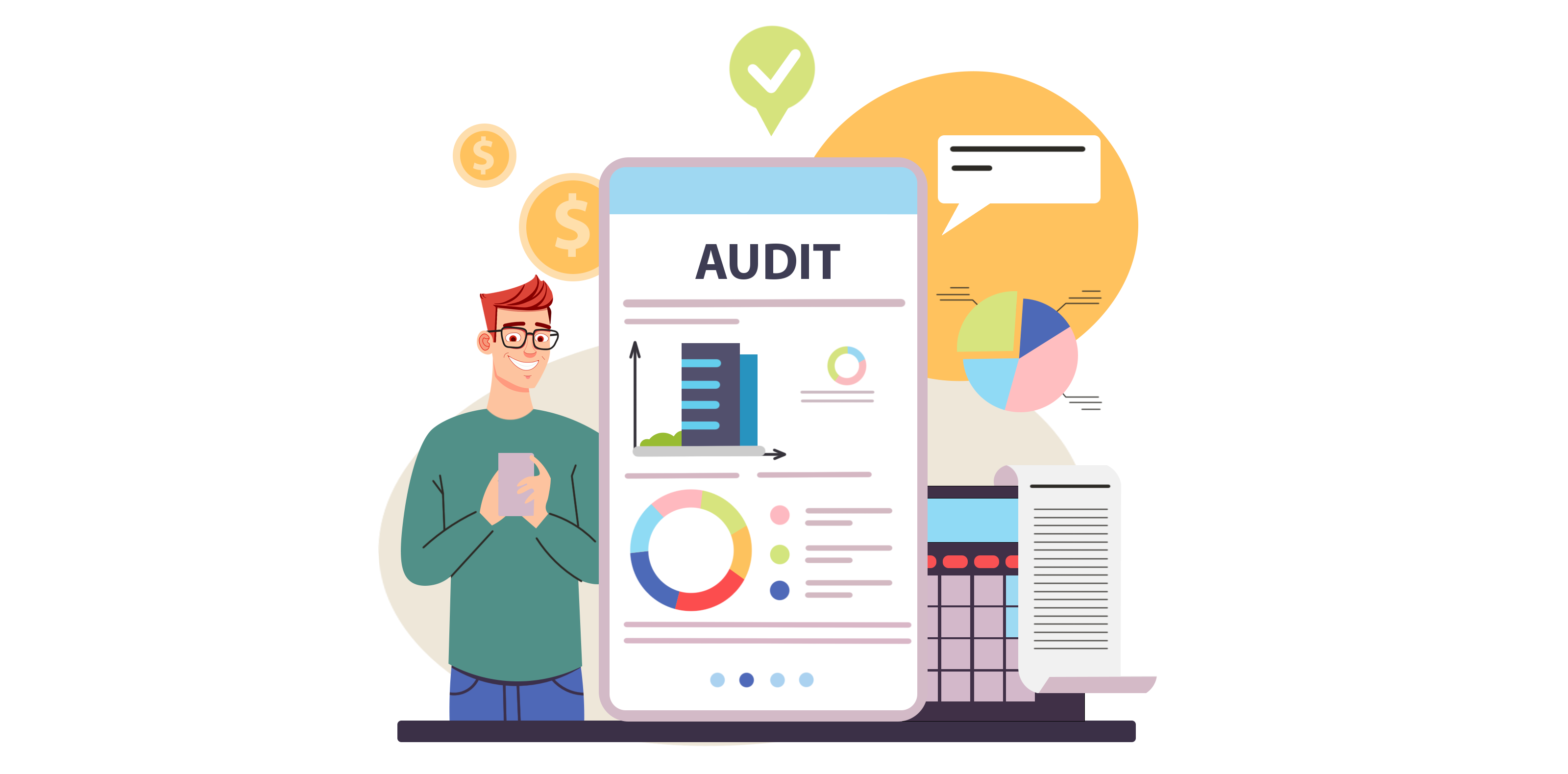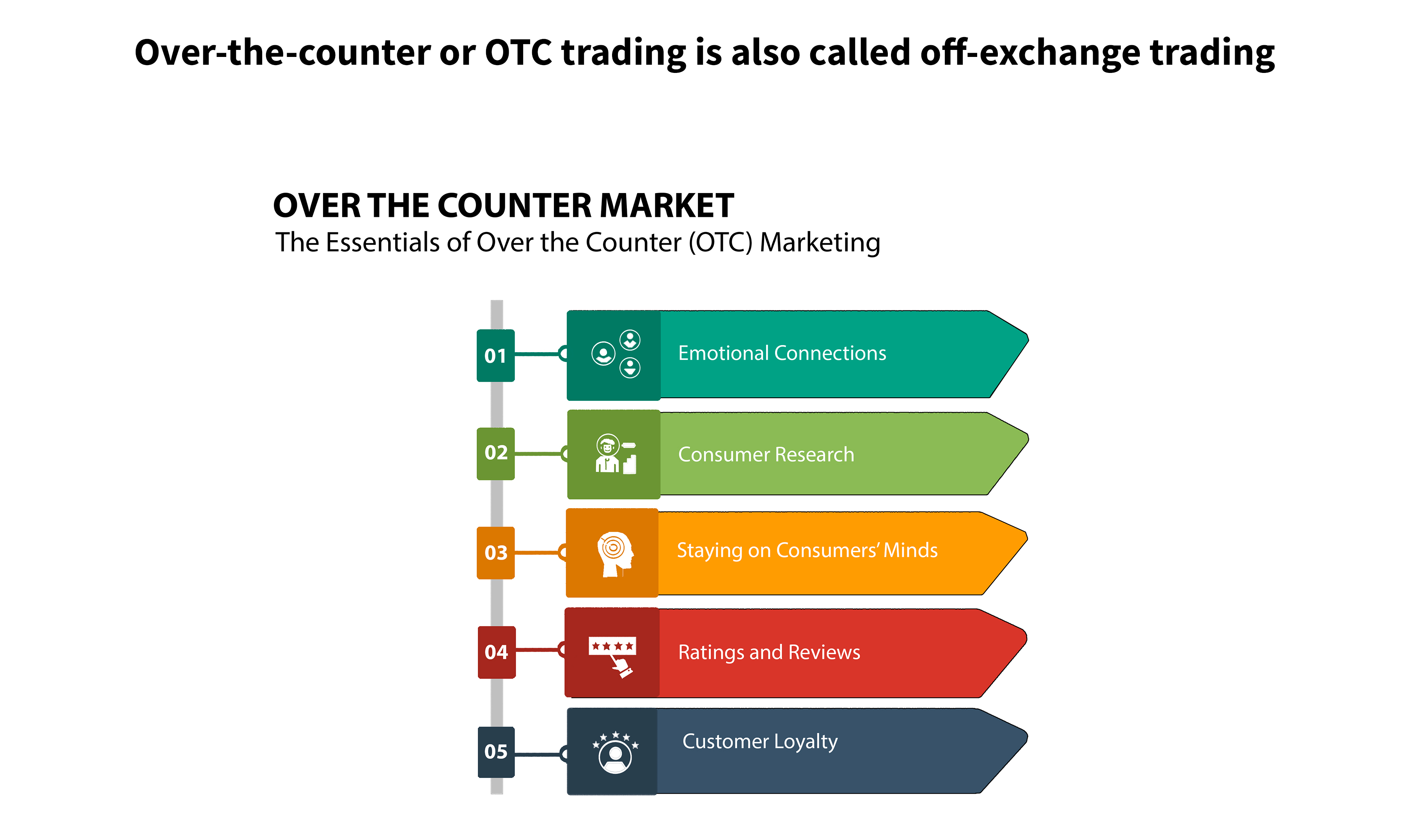
A company's capital structure is essential because it demonstrates how the company obtains funds to accomplish its work and grow. To do this, a business can use debt (borrowed money) and equity (money from investors). Having the right mix of debt and equity can help a business make more money, save money, and be successful. In this article, we will explain why finding the best capital structure is important for business success, and give five reasons with examples from current events.
1. Maximize Profitability: The primary reason for finding the best capital structure is to maximize profitability. By leveraging the right combination of debt and equity, a company can lower its cost of capital and increase its return on investment (ROI).
For example, Tesla has recently taken advantage of low-interest rates by issuing bonds to raise capital for its expansion plans. The company's ability to secure funding at a low cost has helped it achieve record-breaking profits and market dominance.
2. Manage Risk: Another reason to find the best capital structure is to manage risk. A company that is heavily reliant on debt financing may face higher interest expenses and financial instability during tough economic times. On the other hand, a company that is too reliant on equity financing may dilute ownership and control.
For example, Uber recently faced a decline in its stock price due to concerns about its ability to turn a profit. The company's heavy reliance on equity financing has left its investors vulnerable to significant losses.
3. Access to Capital Markets: The right capital structure can also provide a company with access to capital markets. By having a diverse mix of financing options, a company can tap into different sources of capital and adapt to changing market conditions.
For example, Amazon has leveraged its strong credit rating to secure debt financing for its ongoing expansion plans. The company's ability to access capital markets has enabled it to grow and compete against other retail giants.
4. Tax Benefits: The right capital structure can also provide tax benefits. For example, interest payments on debt financing are tax-deductible, while dividend payments on equity financing are not. By leveraging debt financing, a company can lower its tax liability and improve its bottom line.
For example, Apple has recently taken advantage of low-interest rates by issuing bonds to fund its share buyback program. The company's ability to generate tax savings has boosted its earnings per share and increased shareholder value.
5. Flexibility: Lastly, the right capital structure can provide a company with flexibility. By having a diverse mix of financing options, a company can adjust its capital structure to meet its evolving needs.
For example, Coca-Cola has recently shifted its focus towards reducing debt and increasing dividend payments. The company's ability to adjust its capital structure has enabled it to maintain a strong financial position and weather economic uncertainty.
Capital Structure Determining Factors
When determining the capital structure, several critical factors must be considered, including:
- Capital costs: These refer to the expenses incurred in obtaining funds from different sources. A company must generate sufficient revenue to cover its capital costs and fund its expansion plans.
- Degree of control: Equity shareholders typically have more rights than preference or debenture stockholders within a company. The type of shareholders and the extent of their voting rights can significantly impact a company's capital structure.
- Trading on equity: When a company borrows additional capital to increase returns by using equity financing, it is known as trading on equity. This practice is viable when the rate of return on the total capital exceeds the interest rate paid on debentures or additional debt acquired.
- Government policies: Government regulations and policies also influence a company's capital structure decisions. Changes in fiscal and monetary policies can cause changes in the capital structure.
In conclusion, finding the best capital structure is crucial for business success. By maximizing profitability, managing risk, accessing capital markets, generating tax savings, and providing flexibility, the right capital structure can help a company achieve its financial goals and sustain growth. As such, companies should carefully consider their financing options and seek the advice of financial experts to find the optimal capital structure for their needs.



